
Your Roanoke investment property requires inspections from time to time. You’ll want to inspect before a tenant moves in, to make sure everything is ready for occupancy and to document the condition of the property.
You’ll want to inspect after a tenant moves out, to see if there is any property damage that needs to be deducted from the security deposit, and to begin turning the property over for a new tenant.
You can inspect when maintenance is needed.
You can inspect to look for deferred or unreported maintenance.
As we dive into the meaty topic of property inspections, we’re going to consider three things:
- Why inspections are necessary
- When you should inspect your rental property
- What to look for when you’re inspecting.
Let’s start by establishing the necessity of routine property inspections.
Why Inspect Your Roanoke Rental Home?
It’s Probably Fine
| Inspections can be time-consuming and tedious. If you have a tenant who pays rent on time, rarely complains about anything, and never makes a maintenance request, you can assume everything is fine, right? Why make the inspection effort?
Because you don’t want to be surprised. And, because you care about the value and condition of your property. Finally, you need to know if something is going wrong or there’s a lot of deferred maintenance. |
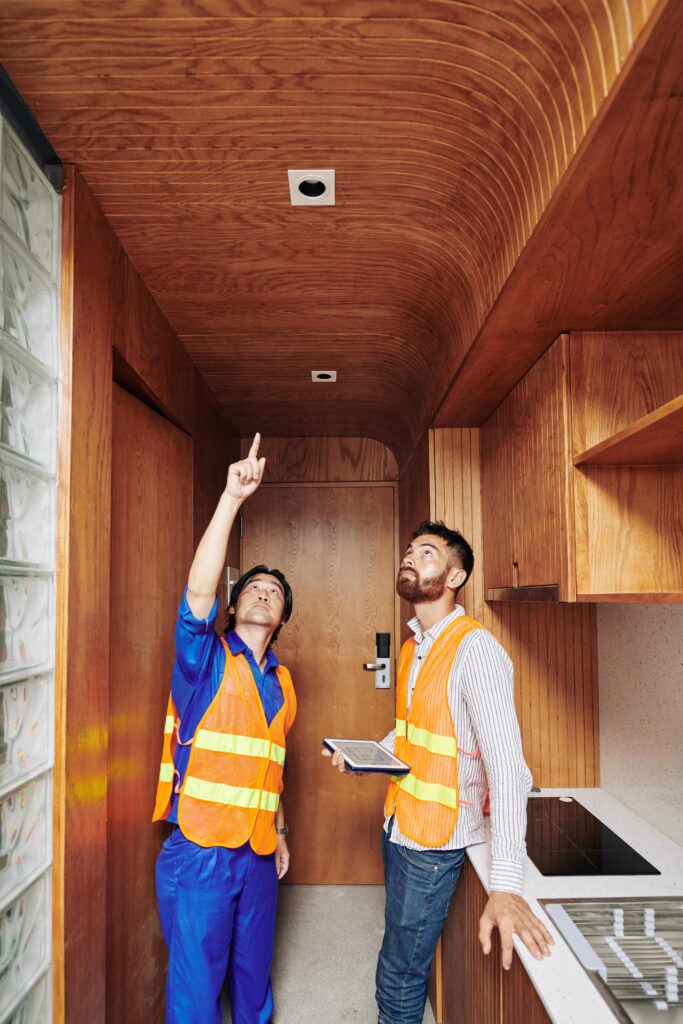 |
Peace of Mind
First good reason to inspect your rental property? To establish peace of mind. Maybe you never hear from your tenants. That could be a good sign. Or, it could mean that they don’t want you anywhere near the rental home.
When you inspect, you can get an idea of how your tenants are treating your home. You can see for yourself that everything is fine. That’s going to give you a lot of peace of mind. Renting out a home can be nerve-wracking and difficult; take the necessary steps to make yourself feel at ease. Of course you trust your tenants – you screened them well, and you have a generally good relationship with them.
Trusting is great. Verifying is even better.
Saving Money
Inspections are also important so you don’t end up spending more money than you need to. When you’re inspecting regularly, you can avoid deferred maintenance and take note of any unreported repairs. There will be fewer expensive emergency maintenance issues.
When Should You Inspect Your Rental Property?
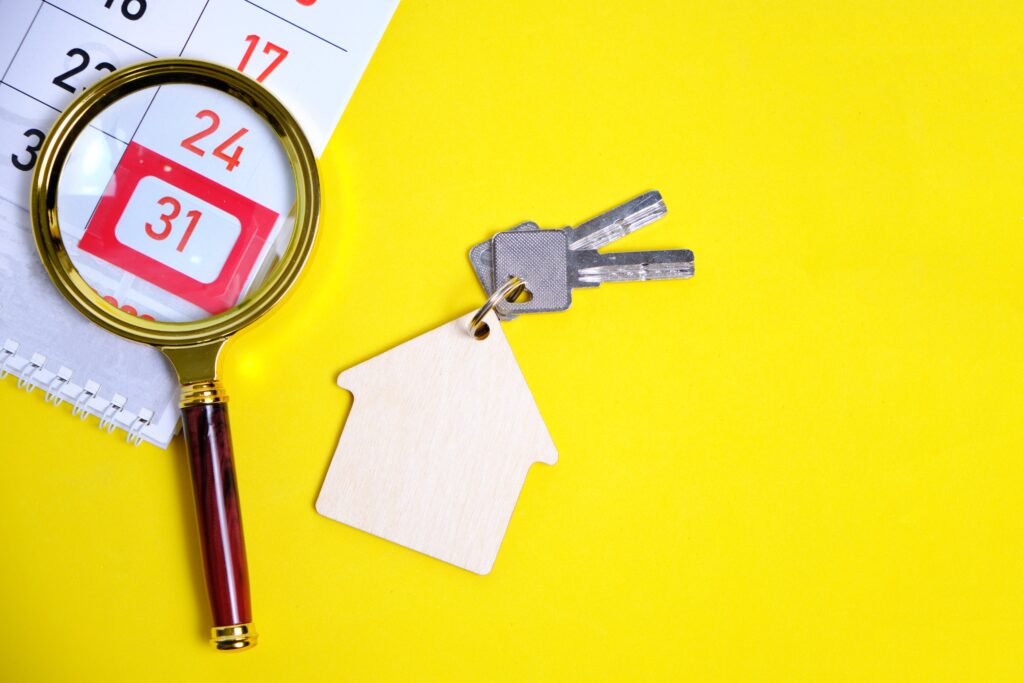
We understand, now, the importance of rental property inspections.
When should you conduct them?
Let’s start with the easy and obvious inspections.
Move-In and Move-Out InspectionsAlways inspect at move-in and move-out. Use the same checklist, the same notes, and take the same photos. The idea is to compare how the property looks before a lease begins to how it looks after the lease ends. |
Do the Drive-ByYou don’t always have to go inside the property. Just driving by the property can give you some idea of what’s going on there. When you’re in the neighborhood, drive by the property to see how things look from the street. You don’t have to schedule this with your tenants or even let them know you’re there. The idea of a drive-by inspection is to make sure there aren’t any immediate or visible reasons that you want to get inside the property right away. |
Make a Mid-Lease InspectionThe mid-lease inspection comes with a few options. Some owners prefer to inspect a few months after a tenant has moved in. This gives you the opportunity to see how they’ve settled in and to make any minor repairs that may be necessary but were unreported. Other owners prefer to wait for the halfway point. Six months into the lease term, you can schedule a maintenance inspection. Another option is to wait and inspect right before the lease renewal date is approaching. |
You can inspect when it seems to make sense to you. Always make sure to provide ample notice, and let your tenants know how long you plan to be there. They might want to be present when you’re inside the property.
What to Look For When Inspecting a Roanoke Rental Home
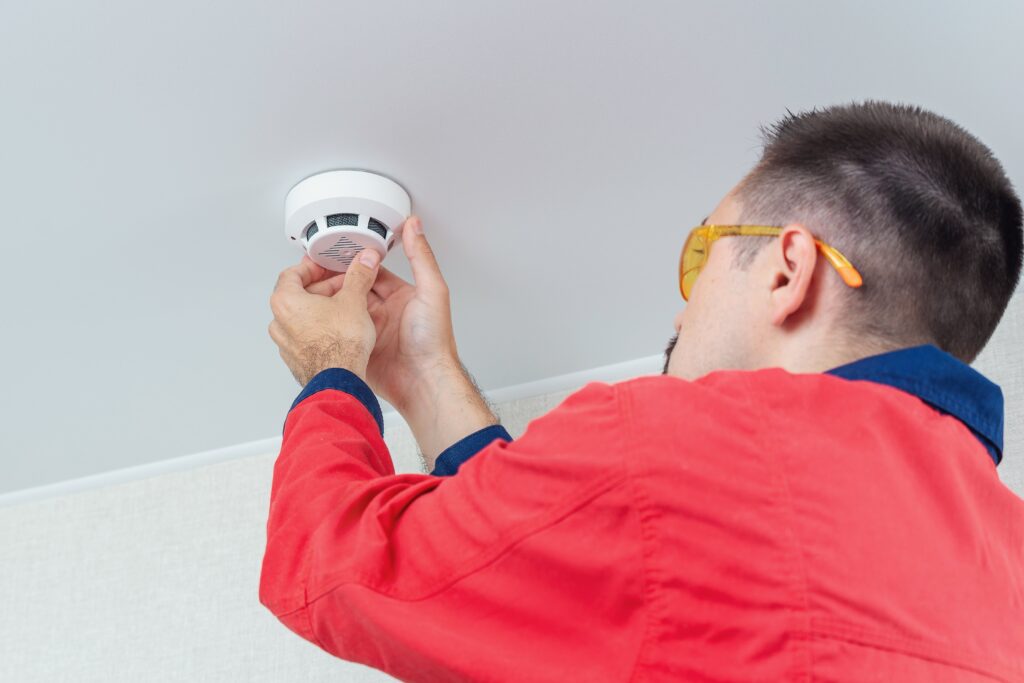
If you own a Roanoke investment property, you need to know that everything is safe, habitable, and working the way it should. That’s why you inspect.
But what, exactly should you be looking for while you’re inside?
If you’re not sure about where you should focus most of your attention, we have some help for you.
Start by Seeking Out Safety and Habitability Issues
What could possibly be more important than the safety and habitability of your investment property?
Your inspection checklist should always begin with safety and security.
A huge purpose for inspecting your property is to check for safety and habitability issues.
- Test the smoke detectors and the carbon monoxide detectors.
- Look for any locks that aren’t working on doors and windows. Is it easy for tenants to see out their windows or are bushes and trees impeding their vision?
- Make sure the gutters are cleaned out.
- Take a look at the roof. If it’s in danger of collapsing, you’ll want to get a roofer out there immediately.
- Inspect the lighting, and pay close attention to the exterior lighting. Tenants will feel safer when there’s a bright outside light.
- Check the locks. You’ll change the locks during turnover inspections.
Safety issues cannot wait. Make these repairs right away and inspect for them every time.
Make sure there’s nothing in or around the property that can harm your tenants or their guests.
Inspect for Deferred and Unreported Maintenance
We think it’s important for any maintenance issues – even minor or cosmetic issues – to be reported immediately. Even if it’s something simple that does not require an immediate or urgent response, you want to know about it.
The best tenants are good about reporting repair needs as they happen. If they aren’t so great about that, or you’ve never had a maintenance request from a tenant, the inspection is a good opportunity to ensure there isn’t any work that needs to be done.
Preventative maintenance is always going to be less expensive than emergency repairs. If something isn’t working right, make a note and schedule the repair with a trusted vendor. Let your tenants know that you need to have maintenance issues reported right away.
Sometimes, it’s tempting to put off a repair that you know is necessary but not urgent. Those small repairs, however, can quickly become large repairs and expensive repairs. Look for any deferred maintenance and make a list of those things that should not wait any longer.
You may not know a repair is needed until you inspect the property. Deferred issues can also pop up after a tenant has moved out and you’re conducting the move-out inspection. Maybe they never told you about the cabinets that were hanging off their hinges. Missing caulk around the tiles and tubs might not have bothered them.
Water Damage is Serious: Inspect for Leaks
There are a lot of potential maintenance issues to look for when you’re inspecting a rental property and you have your checklist in hand.
Water, however, is an especially difficult problem for properties. It can cause deterioration quickly. It can lead to rot and mold.
Leaks in the pipes and drips under sinks and toilets that don’t flush right can be an extreme hazard to rental properties. Water will damage a Roanoke investment faster than any other potential repair issue.
- When you’re inspecting, look at every faucet. Turn them on and off and notice what happens. Is there a drip that continues coming from the faucet or a stream of water that’s trickling down the hardware? That could be an easy fix if it gets the necessary attention right away.
- Check the tubs, too. And the appliances. Make sure there isn’t any indication that water is leaking, dripping, or pooling. If the tenants rarely use the dishwasher, you might open it up and find an inch of standing water. That’s going to need some instant attention.
- Look for evidence of moisture under the floors. It doesn’t take long for a minor water issue to become a complete plumbing disaster.
- Inspect your irrigation system and your sprinklers. Make sure there’s nothing clogged or rusty or leaking. Take a look at your water heater. It’s not always easy to notice that it’s rusting or leaking.
Avoid the headaches of major plumbing repairs by checking for signs of leaks or water intrusion every time you inspect. You’ll want to do this during the move-in and move-out inspection as well as any routine inspections you conduct in the property during the tenancy.
Confirm You’re Satisfied with Property Condition and Cleanliness
One of the most basic questions you’re hoping to answer when you conduct a property inspection is pretty simple – is the property in good condition? Is it well-maintained, and if not – why? What does it need?
Any inspection you conduct will allow you to get a general idea of how your investment property in Roanoke looks.
Take a look at all the systems and functions of your home. This should include:
- Heating and cooling
- Ventilation
- Plumbing and electric
- Condition of floors and walls and ceilings
- Roof and gutters
- Outdoor space and landscaping
An exterior inspection can be conducted casually – every time you happen to be in the area. We discussed how easy it is to drive around the neighborhood and take a look at your property. Once you’re inside the home, you have to make it count. Look for a sense that everything is going well.
You want to see a clean home, too.
Your tenants may not have the same standards for cleanliness that you do. That’s okay. You can’t require them to be complete clean freaks, but you can ask that they clean and maintain the home so that it stays in the same condition that it was when you rented it to them (minus the expected wear and tear).
You want to check that there isn’t any trash or debris gathering inside the house that might attract insects or rodents. When your tenants know you’re coming to inspect, they’re likely to clean up a little. If they don’t, you might want to worry about what the place looks like when you aren’t scheduled to see it.
Cleanliness must also be an inspection point when the home is empty. It has to be professionally cleaned before a tenant moves in, and this should be part of your turnover process after a tenant departs.
Always document the property condition with a complete inspection report and photos. This is especially important during your move-in and move-out inspections. You want to be able to demonstrate how the property looked before the tenancy, during the tenancy, and after the tenancy.
Inspect for Potential Upgrades and Improvements
You should always be looking for ways to increase your property’s value.
During your inspection, you can get a sense of what might be aging at your property. You can look for ways to charge more in rent and attract better tenants.
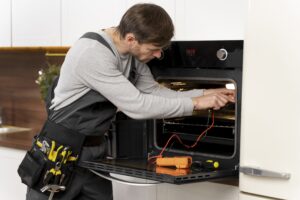
AppliancesAre your appliances still modern and in good shape, or will they need to be replaced in the next year or two? You don’t necessarily have to upgrade to stainless steel, but tenants will look for energy efficient models and match them among the kitchen appliances. |
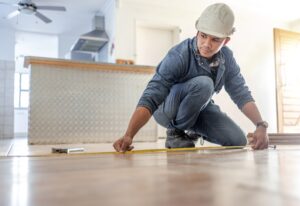
Paint and FloorsThe walls may need some new paint, you can check to see whether it’s faded or chipped during your inspection. Take a look at the floors too, especially if you’re still working with carpet. Is it worn and old? Torn and stained? That’s a good opportunity to upgrade to laminate floors. |

LandscapingLook at your curb appeal and your outdoor space. It might be time to re-think the landscaping and how you handle your lawn. A power-wash might be in order for the property or the building. Look for ways to make the property more welcoming and approachable. |
This is especially useful during your move-out inspection. It’s a good time to look for opportunities before you begin turning the property over for new tenants.
Signs of Lease Violations
It’s not like you’re trying to catch your tenants in the act of doing something wrong.
But, lease violations can be serious.
When you inspect with your tenants occupying the property, you’re looking for all the usual maintenance and safety issues. But, you’re also looking at how well they take care of the home and follow the lease.
This is an opportunity to look for potential problems.
Several types of lease violations are pretty common. Unauthorized pets and long-term guests can be especially problematic. New paint colors on the wall that your tenants chose themselves may pose a problem for you, especially when the lease directly forbids it.
Hold your tenants accountable to the lease terms and the rules and regulations they agreed to. If you don’t permit smoking, you want to address any signs of smoking you may have uncovered. If your lease doesn’t allow tenants to change the appearance of the property but you’ve noticed they painted walls, you’ll want to talk about the consequences of that as well.
Check In on Your Customer Service and Roanoke Tenant Satisfaction
Your tenant relationship can benefit from inspections, too. A good chat with your tenants may even help you improve retention and reduce vacancy.
When you’re inspecting and your tenants are present, have a friendly conversation about their rental experience. You want to provide good customer service and keep an open and transparent dialogue going with your tenants. Find out how they like the property, what they wish they had that they don’t already have, and whether there’s anything they need help understanding about the rental process or the lease agreement.
Reference Inspections in Your Lease Agreement
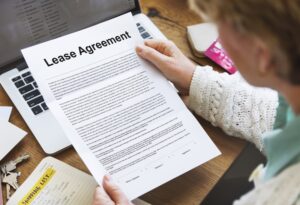 Prepare tenants for those mid-lease inspections.
Prepare tenants for those mid-lease inspections.
The lease is going to dictate how the tenancy progresses and it will also give your tenants notice that you do plan to inspect during the course of that tenancy.
Most lease agreements will include a landlord’s right to enter for emergency purposes or to perform maintenance. You’ll also want your lease to include a landlord’s right to conduct a walk-through maintenance inspection every year. The language might be such that your tenant agrees to let the landlord or the property manager into the property with at least 48 hours of notice, for example.
When you’re discussing the lease agreement with your tenant before move-in, be sure to highlight this part of the lease so they know to expect an inspection.
Is Your Rental Property Vacant?
Inspections are Still Important
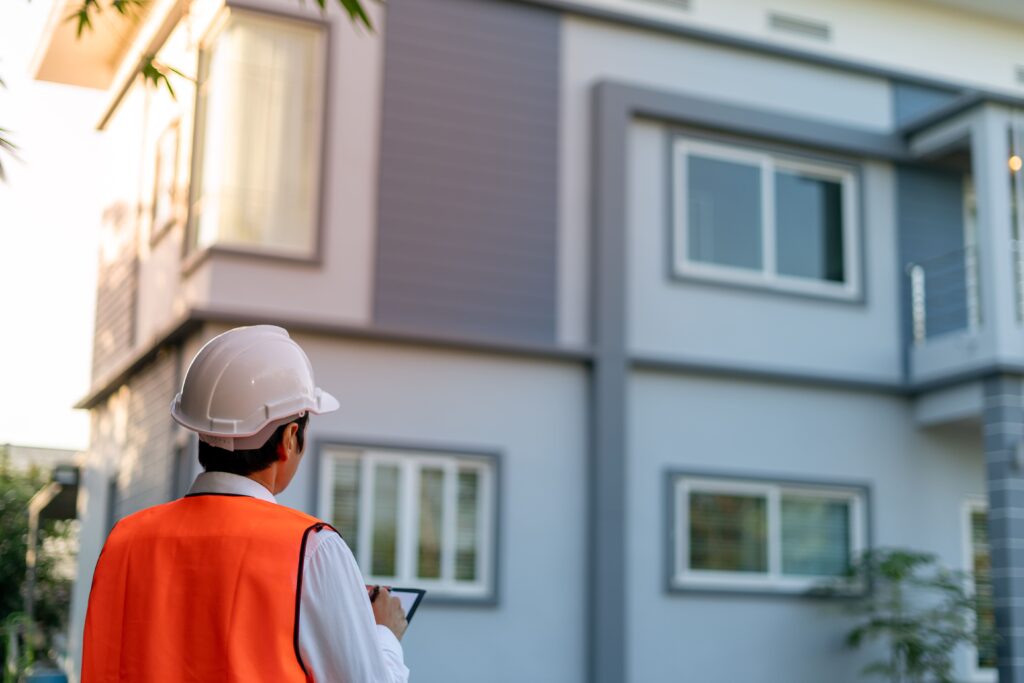
Don’t forget to inspect when your property is vacant. Unoccupied properties can be at risk for maintenance issues that no one notices. They can be targets for criminals and vandals.
If you’re still looking for some help with inspections, we can provide it. Please contact us at Lawson Realty Group whether you’re a new investor or an experienced real estate owner. We manage properties in Southwest Virginia throughout the Roanoke Valley, including Salem, Cave Spring, Hollins, Vinton, Glenvar, and Southwest Roanoke County.
